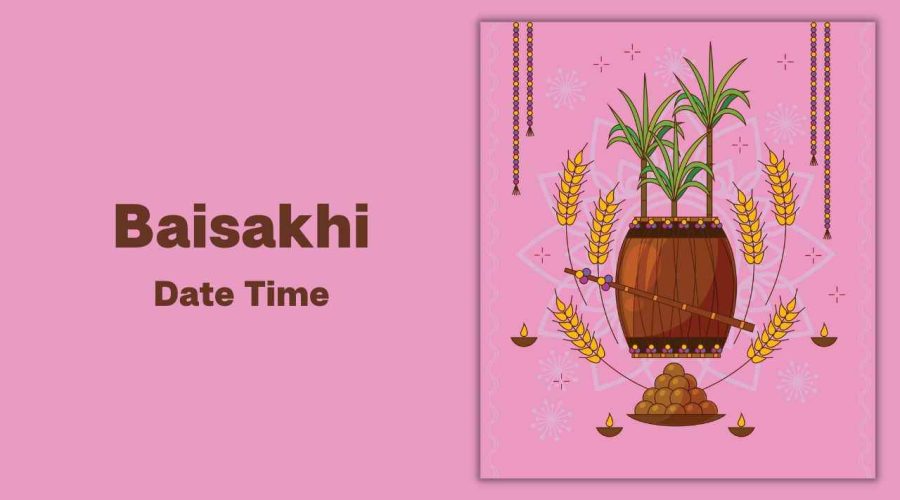Baisakhi 2023 Date, Time, Story, Celebrations, and Significance
Baisakhi, which is celebrated on the first day of Vaisakh month (April-May), is one of the most prominent Indian holidays. The inhabitants of northern India commemorate this harvest festival with dedication and merriment. It is also the beginning of the New Year according to the Hindu Solar Calendar. According to the Nanakshahi or Sikh Calendar, Baisakhi occurs annually on April 13 and every 36 years on April 14. Guru Gobind Singh ji founded Khalsa or the Sikh religion on this date, hence the celebrations for the Sikh/Punjabi community are intensified.
Baisakhi will be observed by the Sikh and Punjabi communities throughout India on April 14. On this day, Delhi, Punjab, and the rest of India will celebrate with great enthusiasm and prayer.
Baisakhi Date 2023
Friday, April 14, 2023
Story Behind Baisakhi
It is said that Guru Teg Bahadur was publicly executed by Aurangzeb (the Mughal Emperor) in antiquity. As he was the one who defended the Hindus’ rights. Guru Teg Bahadur’s son Guru Gobind Singh succeeded him after his passing. In 1650, Punjab was in turmoil and was ruled by unscrupulous kings; the people had no rights and neither law nor justice existed. Especially the weak were continually and quietly suffering. Therefore, today is the day Guru Gobind Singh intended to instil confidence and power in everyone. He commanded a party of Sikhs to gather in Anandapur. At this meeting, he raised his sword and pleaded with all there to accept the challenge, speak up against injustice, and be willing to die for the truth. Finally, the five Sikhs known as the Panj Pyare (The Five Beloved Ones) by Guru Gobind Singh rose to their feet. Then, instead of executing them, Guru Gobind Singh baptised them, and the first Amrit initiation ritual took place.
Baisakhi Celebration
- People rise early in the morning to attend special prayer gatherings at Gurudwaras.
- In Gurdwaras, the sacred book is symbolically washed with water and milk.
- The holy book is then put with care on its particular throne.
- It is then read aloud, while the followers listen attentively.
- On this day, an unique holy nectar or Amrit is produced in an iron jar and distributed to the devotees following the recitation of the words.
- According to tradition, devotees consume the Amrit five times in succession.
- At midday, following ardas, the sweetened semolina (Karah Prasad) is cooked, offered to the Guru in order to seek his blessings, and distributed to the crowd.
- Finally, it is conveyed by a Langar arrangement.
Vaisakhi History and Significance
Vaisakhi, also known as the Sikh New Year, is celebrated annually on the 13th or 14th of April. Punjab has been celebrating Vaisakhi for generations. According to Sikh tradition, today is the birthday of the tenth Sikh Guru, Guru Gobind Singh, who selected this day in 1699 to lay the foundation of the Sikh brotherhood, Khalsa.
This day is celebrated as an old Spring Harvest Festival in northern India, primarily in Punjab and Haryana. The first crop of the season is harvested as farmers seek blessings from their agricultural land. According to the Hindu calendar, this day is celebrated annually on the first day of Vaisakh, or April-May.

